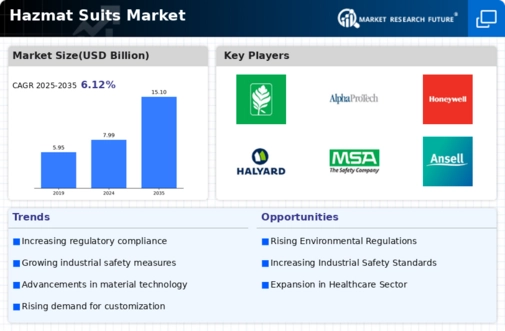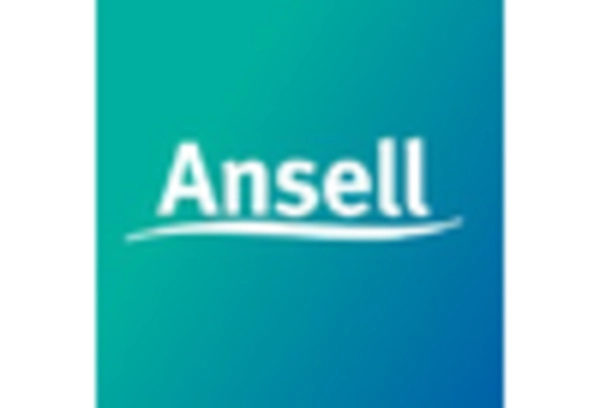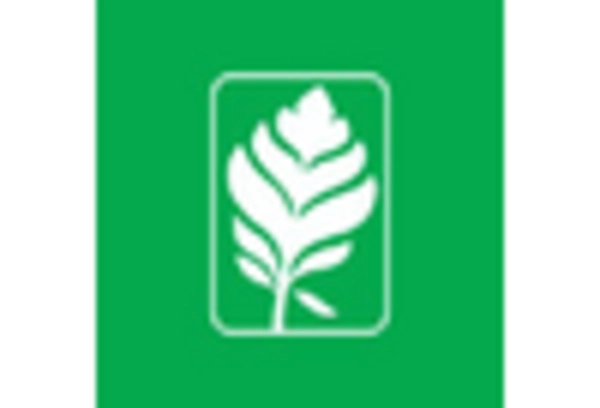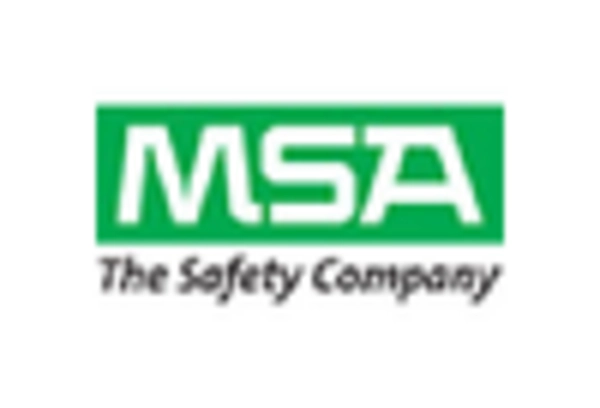Market Analysis
In-depth Analysis of Hazmat Suits Market Industry Landscape
The market of hazmat suits depicts such a complex environment composed of numerous factors that contribute to both growth as well as evolution the industry. Hazmat suits, referring to the suits for hazardous materials, are specialized garments that protect individuals from various types of hazards and transfers. The demand for the hazmat suits has experienced boom as the level of hazard has increased due to an elevated level of response to different hazardous situations like chemical spills, biohazards threats, or infectious disease outbreaks. Together with people’s awareness of the risks grow, so does a need for high quality personal protective equipment (PPE), that constitutes a ground for market growth of hazmat suits.
The technology is one of the major factors in the market of hazmat suits. Innovation in materials and production processes is one of the factors contributing to the creation of the suits with increased level of protection, comfort, and durability. Modern materials (i.e. fabrics, seam-sealing technologies, and respiratory protection or communication systems), increase the capabilities and performance of the hazmat suits they are integrated into. The energy and the output of the ongoing research and development endeavours in this area shall be devoted in putting the market in the right direction by addressing the latest dangers and challenges.
The market dynamics are influenced even further by an even broader range of applications which includes not only emergency response and healthcare but also highly sophisticated industrial sectors, research laboratories and military base. The ability of hazmat suits to operate in multiple fields and the realization of their critical role in different sectors also play a significant part in the market's growth. Hazmat suits are utilized not only when potential disaster strikes but also when dealing with routine concerns where the exposure to hazardous materials is common practice.
Market challenges that must be addressed comprise regulatory compliance, correct Hazmat suit training and safety wearability and comfort issues. The regulatory norms have a key function in regulating the design, manufacture and utilization of hazmat suits by enforcing the requisite standards to enhance their effectiveness and safety. Providing all those working with hazmat suits with the appropriate training on how to put it on, take it off, and move around it is a critical factor for the highest protection. To this end, comfort and mobility concerns, especially those that have to do with longer use, are matters that are tackled by manufacturers as they strive to deliver improved user experience.

















Leave a Comment